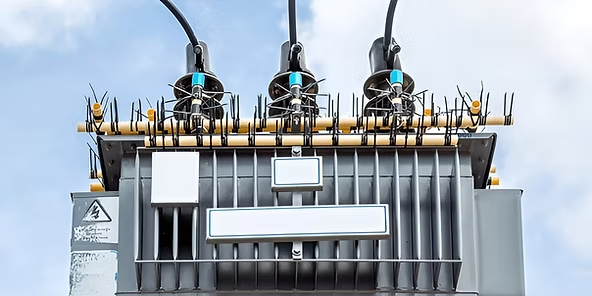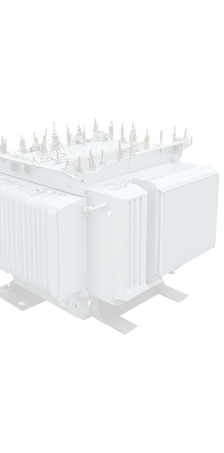Whether installed in a commercial facility or serving residential needs, transformers require proper maintenance and occasional repairs to function efficiently and safely. When it comes to a transformer in home environments, safety precautions are even more critical due to the proximity to people and sensitive electronics.
Transformer repairs involve handling high-voltage equipment and potentially hazardous materials, which, if mismanaged, can lead to electrical shocks, fire, or even explosions. This article highlights essential safety measures every homeowner or technician should follow during transformer repair—especially when dealing with low- to medium-voltage systems used in residential areas.
Understanding the Role of a Transformer in Home Applications
A transformer in home settings is typically responsible for stepping down high utility voltage to a safer level suitable for household appliances and lighting. These units can be installed outdoors, near power meters, or even inside buildings in some special-use scenarios.
Due to their importance in energy distribution, any malfunction in home transformers must be addressed promptly and safely by professionals.
If you’re unsure about the condition of your residential transformer, consult a trusted transformer company to schedule an inspection or maintenance assessment.
Key Safety Measures During Transformer Repairs
1. Disconnect Power Supply
Before starting any repair on a transformer in home or nearby areas, ensure the unit is fully de-energized:
- Lockout-tagout (LOTO) procedures should be followed
- Clearly label circuits and notify occupants
- Use voltage detectors to confirm isolation
Never rely solely on turning off the main switch—residual voltage may still be present.
2. Use Proper Personal Protective Equipment (PPE)
Technicians must wear:
- High-voltage insulated gloves
- Flame-resistant clothing
- Arc flash face shields
- Safety boots and eyewear
Working with professionals offering certified transformer services ensures that the right gear and protocols are in place throughout the repair process.
3. Perform Oil Checks and Handle Fluids Safely
Oil-filled transformers can leak or overheat if improperly handled. When servicing oil-based units:
- Check oil levels and pressure
- Test for contamination or PCB presence
- Store and dispose of transformer oil responsibly
Older home transformers may still use outdated oils, so consult specialists in surplus transformers for safe removal or recycling.
4. Keep the Area Clear and Controlled
During repair work:
- Keep pets, children, and unauthorized persons away
- Clearly mark the work zone with cones or signs
- Use barriers or insulated mats if working indoors
This is particularly important when dealing with a transformer in home locations that are easily accessible or visible from living spaces.
5. Verify the Grounding System
Before re-energizing the transformer, always test the grounding to prevent electric shock hazards and equipment failure. A weak or broken ground can result in voltage surges or fire risk—especially dangerous in residential environments.
Technicians offering industrial transformer services or home-based solutions must ensure grounding continuity and perform insulation resistance testing.
Why DIY Repairs Are Dangerous
Attempting to repair or even inspect a transformer in home settings without proper training can be life-threatening. Transformers operate at voltages far beyond what standard home tools or circuit testers can safely handle.
Instead of risking injury, reach out to certified professionals. You can buy used transformers or request inspections from experts if you suspect your unit is failing.
Signs Your Home Transformer May Need Repairs
Some red flags include:
- Flickering lights or voltage dips
- Burning smells or visible smoke
- Tripped breakers without clear cause
- Humming or buzzing noises near the transformer
If you notice any of these symptoms, turn off the main supply and contact a trusted provider who can also help you sell used transformers if replacement is required.
Final Thoughts
Safety during transformer repair is non-negotiable—especially when handling a transformer in home setups where risks extend beyond property damage to personal safety. By following strict repair protocols, using the right protective gear, and working with certified professionals, you ensure not only the transformer’s performance but also your family’s safety.
If you’re unsure whether to repair or replace your home transformer, professionals can help you assess its condition and suggest cost-effective solutions.
Would you like a printable home transformer safety checklist or maintenance guide?



